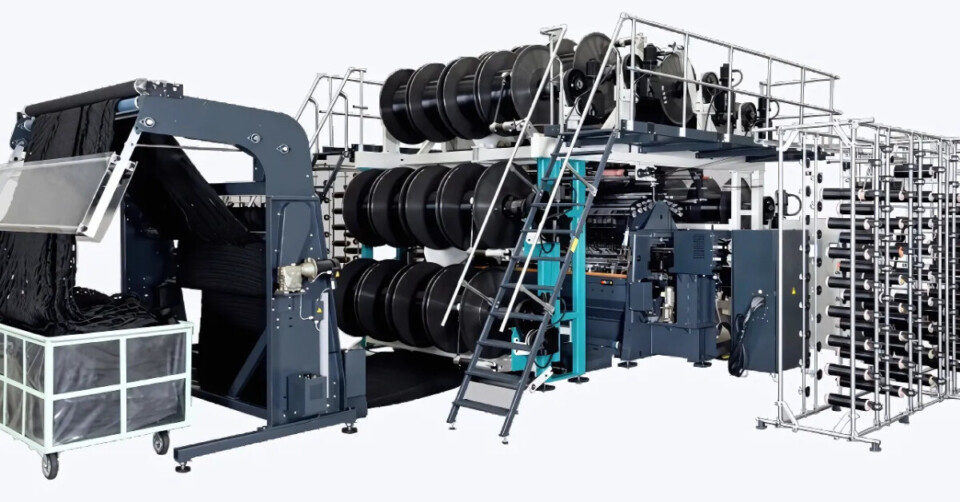KARL MAYER launches its new RMF 8 EL and HDR 9 EL NET – two machines for the extremely economical production of stone bags, which can be manufactured in a variety of sizes and to different stages of completion.
While the HDR model, as a representative of the double needle bar raschel series, produces complete sacks in one piece, the RMF 8 EL raschel machine produces individual textile sheets that are then assembled into a tubular net article.
The stone bags made from the coarse net structures can be used for a variety of heavy-duty applications. Established applications include coastal erosion control, foundation consolidation for bridge piers and the construction of disaster defense structures.
When used in demanding environments such as coastal and marine projects, the RMF 8 EL and HDR 9 EL NET stone bags offer unrivalled performance. The main feature here is their large capacity. Depending on the net structure, the bags can hold stones weighing between one and 12 tones. Made from recycled polyester or polyethylene fibers, they are also exceptionally strong, durable and adapt flexibly to the ground.
The HDR 9 EL NET manufactures ready-to-use articles with two different gauges, E4 and E7, and thus streamlines the production of high-quality, tubular nets . The manufacturing process is extremely fast and cost-effective, with no additional sewing or finishing work.
The warp knitted stone bags themselves offer further advantages. The use of synthetic fibers makes them resistant to rust and corrosion, making them perfect for use in harsh environments, for example under the influence of seawater.
The net products are also extremely flexible. Thanks to their stitch structure, the stone bags made from them can adapt smoothly to uneven surfaces and fill gaps and open spaces effectively. This makes them particularly suitable for use in the construction applications.
The stone bags manufactured by RMF 8 EL and HDR 9 EL NET also score highly in terms of weight and stability. They are lightweight, yet extremely stable and therefore easy to transport, handle, fill and install. Their use on site requires less skilled labour and the installation process is faster. If crane-assisted methods are used for filling and installation, specialised personnel are no longer required.

